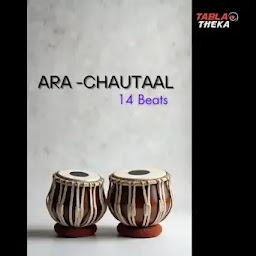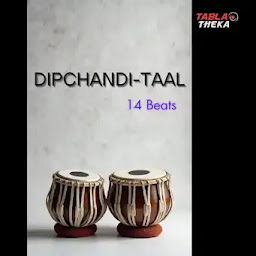Welcome to the Tabla Theka blog, your trusted resource for learning tabla.

Understanding Aad Layakari in Jat Taal
Jat Taal is a dignified 14-beat rhythmic cycle prominent in Indian classical music, particularly in Vilambit (slow tempo) Khyal singing. It shares its 14-beat structure with Deepchandi Taal but carries a different mood and application. This guide focuses on an Aad Layakari (1.5x speed) variation, where each beat is subdivided into a triplet phrase. Practicing this is an excellent way to improve rhythmic precision and develop a strong command over complex tempo.

















